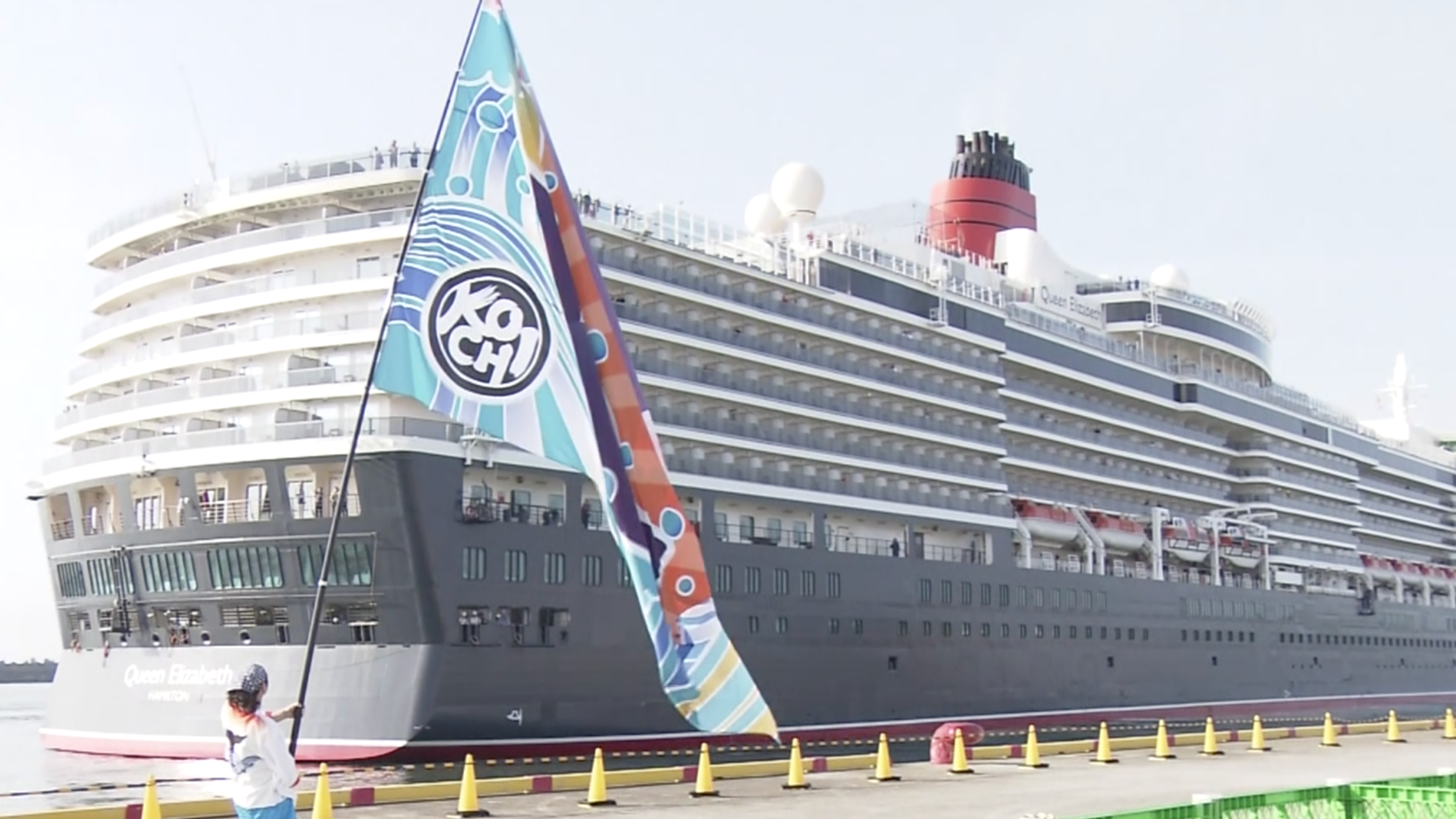In May, after the hulking MSC Bellissima docked at Kochi New Port, roughly 3,700 Japanese passengers went ashore and made for sightseeing spots across the city. It was one of several visits the vessel will make to Kochi this year.
A few weeks earlier, the Diamond Princess arrived in the port. A deadly outbreak of coronavirus infections on the vessel in February 2020 prompted Japan to halt arrivals of foreign cruise ships the following month. The ban remained in place for three years.
On this visit, however the ship deposited more than 2,000 visitors from countries all over the world at Kochi, where they spent the day exploring the area, enjoying the attractions, and, crucially for the local economy, spending money.
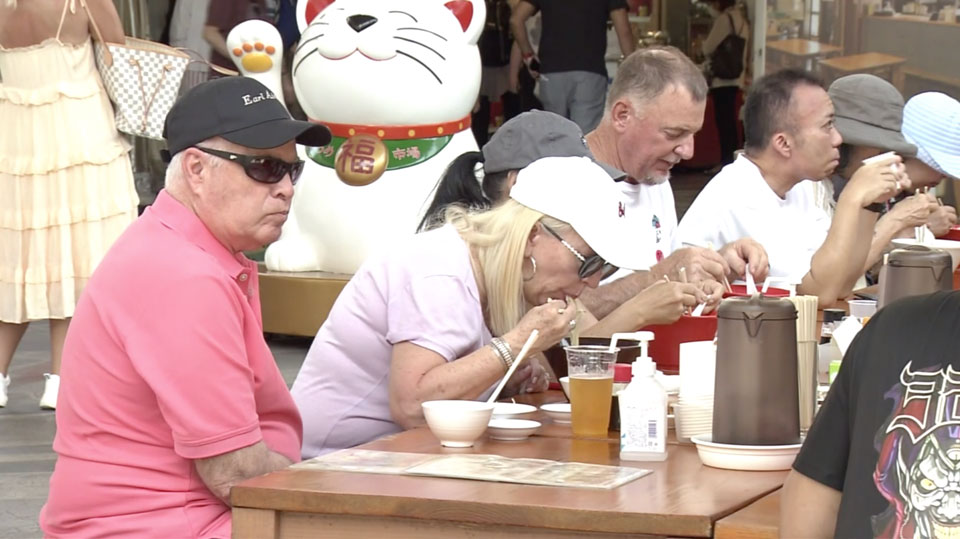
Cruise ships a fillip for local tourism
In 2019, before the onset of the pandemic prompted restrictions on inbound tourism to Japan, fewer than 60,000 international visitors made the trip to Kochi Prefecture. The figure, around 0.2 percent of the total number of people who came to Japan that year, put Kochi last out of the country's 47 prefectures.
The outlook for the year ahead is decidedly more promising.
Since March, when the government lifted all border restrictions, 21 international cruise ships have called at Kochi New Port. A further 49 are booked to dock before next March, and that number is expected to rise. It means the port is on track to easily beat its previous record, set in fiscal 2017, when 40 vessels including Japanese ships came through.
Accident of geography
An official with a local tour operator says the upswing may be down to good fortune as much as anything else. Kuzuhara Yumiko from Cruise Asia by Destination Asia says Kochi's location makes it an ideal stop-off point for vessels traveling between more high-profile tourist destinations.
Cruise ships dock during the day and move at night, and the distance they can cover in an evening is limited. For boats stopping at major ports in Yokohama and Kobe, Kochi happens to be the perfect place to take a break en route to somewhere else.
"The coastline there offers a unique geographical advantage for a ship that's heading to Kyushu from Yokohama, or Kobe, or Tokyo," says Kuzuhara.
The city also has an advantage for visitors on a tight schedule.
Some of its most famous sightseeing spots — Kochi Castle, Katsurahama Beach, and Chikurinji Temple — are all within a 30-minute drive of the port. In just half a day, travelers can sample the best of the city's urban and natural environment.
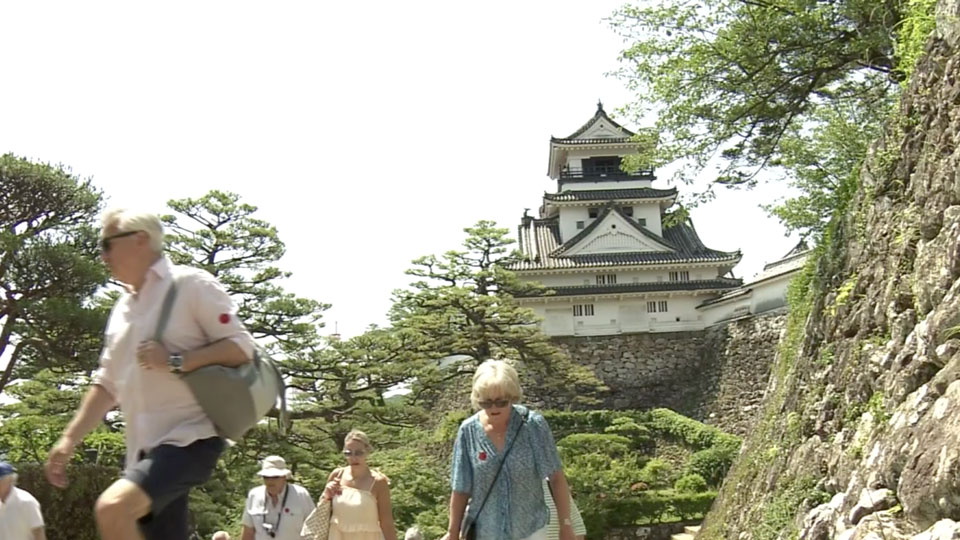
Fanning tourism beyond the city
Prefectural officials are delighted with the influx of short-stay visitors, but are also keen to attract multi-day tourists prepared to venture out of Kochi City to the countryside beyond.
The rolling expanse of Shikoku Karst Natural Park, the scenic mountain drive along the UFO Line, the clear waters of Yasui Gorge, and the emerald sea surrounding Kashiwa Island are among the many natural attractions that await them.
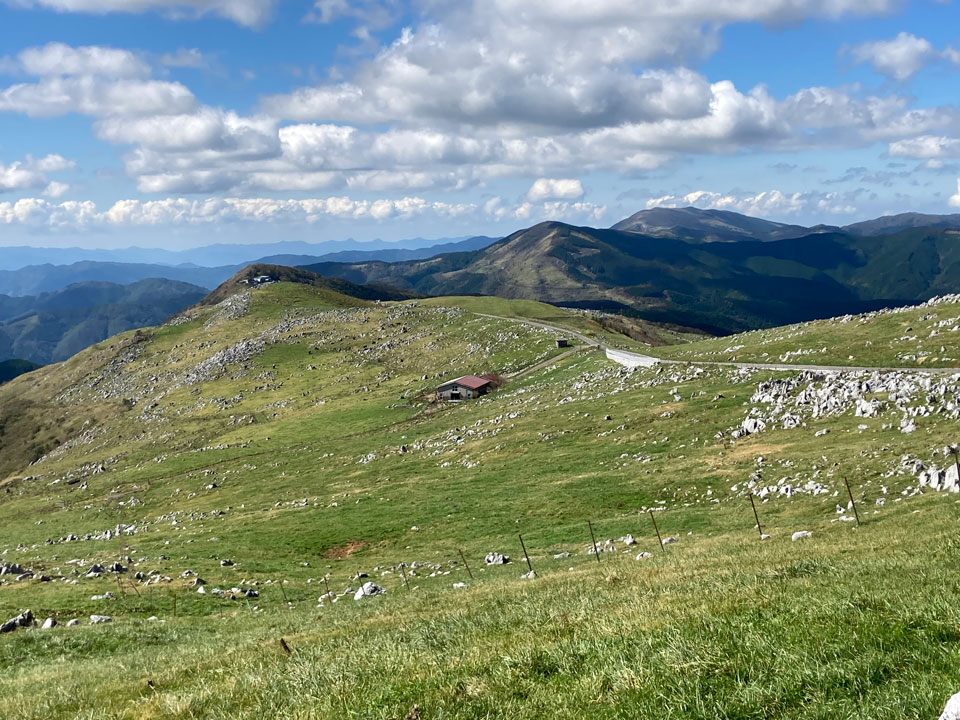
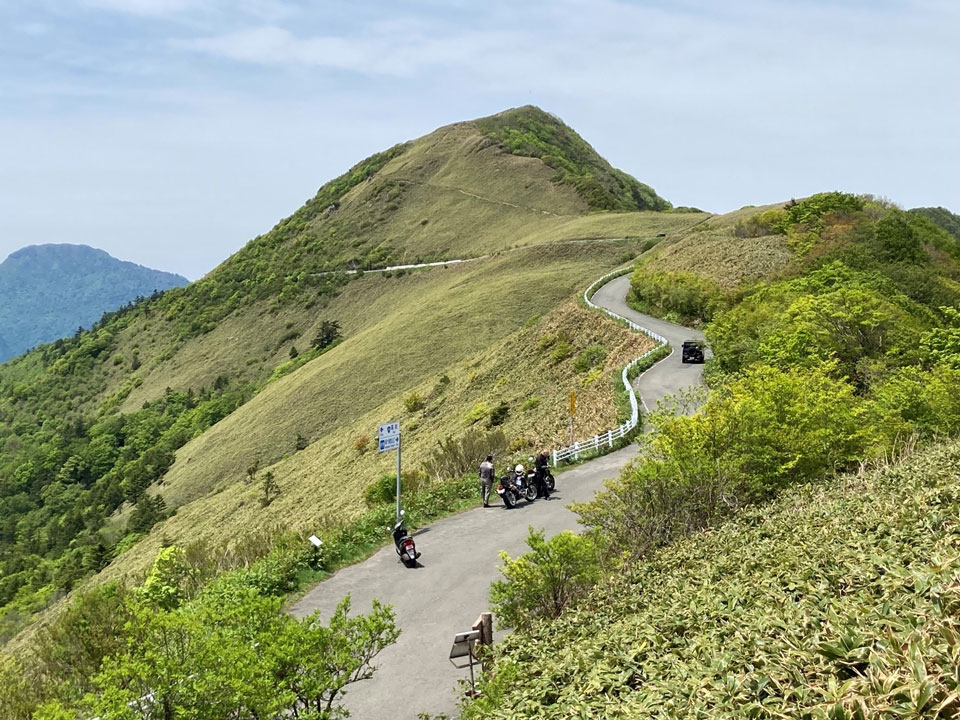
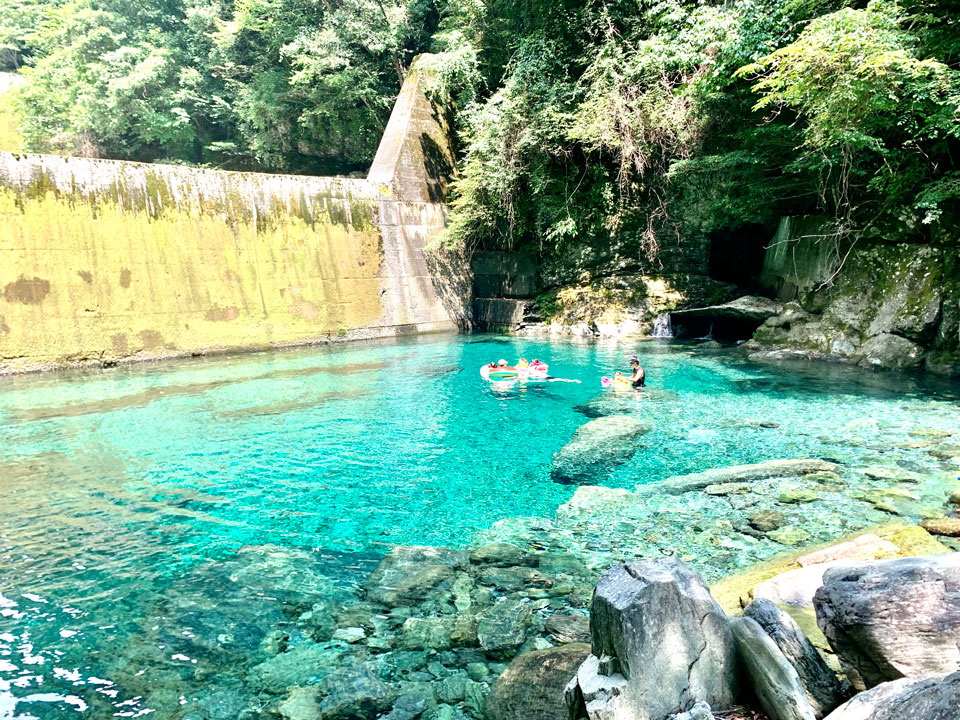
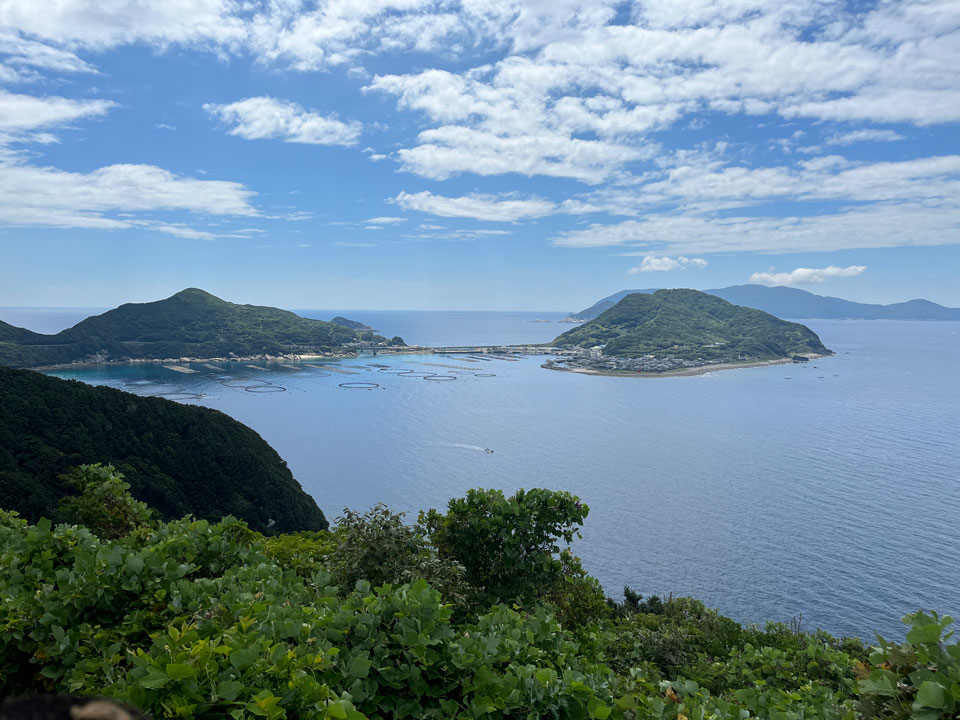
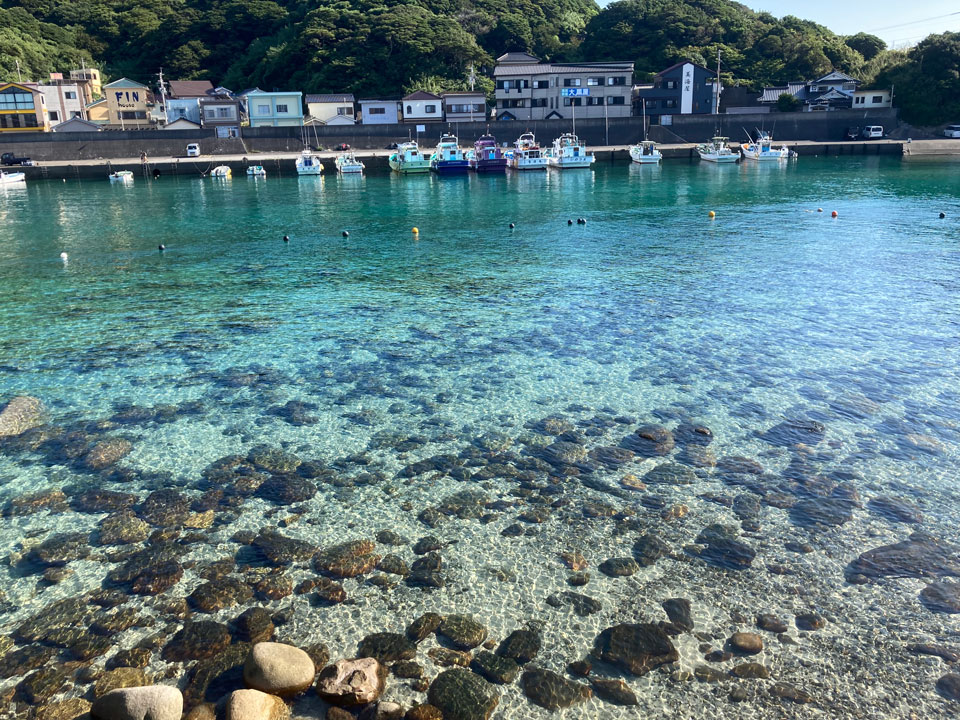
Wherever people go in Kochi Prefecture, officials say, they can enjoy an abundance of fresh food from the land and surrounding sea. Arguably the most famous dish from the area is seared bonito, cooked briefly at extremely high heat over burning piles of straw. Sawachi cuisine, which refers to large platters of seafood and other regional specialties, is another highlight.
"It's very important for visitors to interact with the locals and see how they live," one prefectural official said.
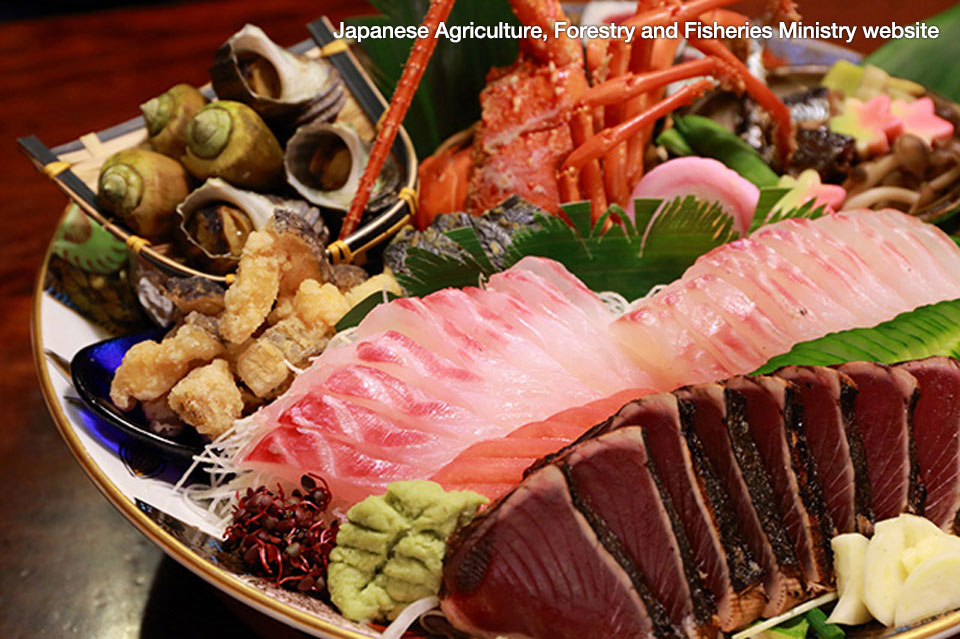
Such interactions may be poised to increase, owing to the recent introduction of charter flights between Kochi Prefecture and Taoyuan International Airport in northern Taiwan.
Hamada Seiji, Governor of Kochi Prefecture, is enthusiastic about what this could mean for the prefecture: "Hopefully Kochi will get lots of visitors from Taiwan, and that will be a catalyst that drives our tourism industry forward."
